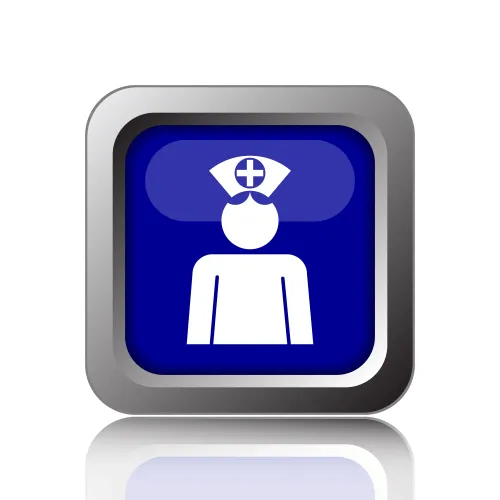Ophthalmology and Optometry Coding Alert
Drill Down to Diagnoses That Support Dual Scans
Question: Which diagnoses support the performance of diagnostic ophthalmic ultrasound with both B- and A-scans, and what diagnosis codes should we report when billing 76510/76512 to help prove medical necessity? Michigan Subscriber Answer: Physicians may use diagnostic ophthalmic ultrasonography with both B- and A-scans for a variety of conditions, including (but not limited to) malignant and benign neoplasms; diabetic cataracts; and suspected retinal, choroid, or vitreous detachments. This imaging helps them to fully assess the condition of the eye and the extent of the disease or abnormality. Familiarity with the following ranges will serve you well as you connect the correct ICD-10-CM code to the condition detailed in the written report for the scan. Neoplasms Retinal Detachment If the scan confirms a detached retina with multiple breaks in the left eye, you’ll use H33.022 (Retinal detachment with multiple breaks, left eye) from the H30-H36 “Disorders of Choroid and Retina” code set. Do this: Before billing out the service, check with your payer. As with all your claims, you’ll beat the odds of proving medical necessity if you’ve reported specific diagnosis codes that match your carrier’s requirements for the ultrasound service.
Related Articles
Ophthalmology and Optometry Coding Alert
- Condition Spotlight:
Up Your Conjunctivitis Coding Game With These Tips
Learn which details help you choose between the B30.- and H10.- code groups. Ophthalmologists and [...] - CPT® Coding:
Navigate the Nuances of Ophthalmic Ultrasound Coding
Find out when permanently recorded images are a must. When scouring eye imaging notes, you [...] - Practice Management:
Steer Clear of Post-PHE Snafus in 7 Simple Steps
Planning is paramount to ensure a seamless segue back to pre-PHE rules. Healthcare industry buzz [...] - You Be the Coder:
Can You Code This Ocular Echography Case Correctly?
Question: Our ophthalmologist submitted 76510-RT for the following case, but we received a denial. Can you [...] - Reader Questions:
Drill Down to Diagnoses That Support Dual Scans
Question: Which diagnoses support the performance of diagnostic ophthalmic ultrasound with both B- and A-scans, and [...] - Reader Questions:
Recall Which Circumstances Call for Modifier 59
Question: When is it appropriate to break an NCCI edit with modifier 59?> Louisiana Subscriber> Answer: Per [...] - Reader Questions:
Look to the ICD-10-CM Guidelines for Sequencing Specifics
Question: A patient presents with a six-day history of a red, itchy, sticky right eye; lethargy; [...]




